What do I need to make Sourdough bread? It is Fair to say that the first thing you need to know when you want to bake is what do I need to make Sourdough? What are the essential sourdough baking equipment items and what are non essential? and how expensive it is?
You can get all essential equipment to make sourdough from our shop.
You don’t need a lot – but here is a list of the essential equipment that you do and don’t need to make sourdough at home.
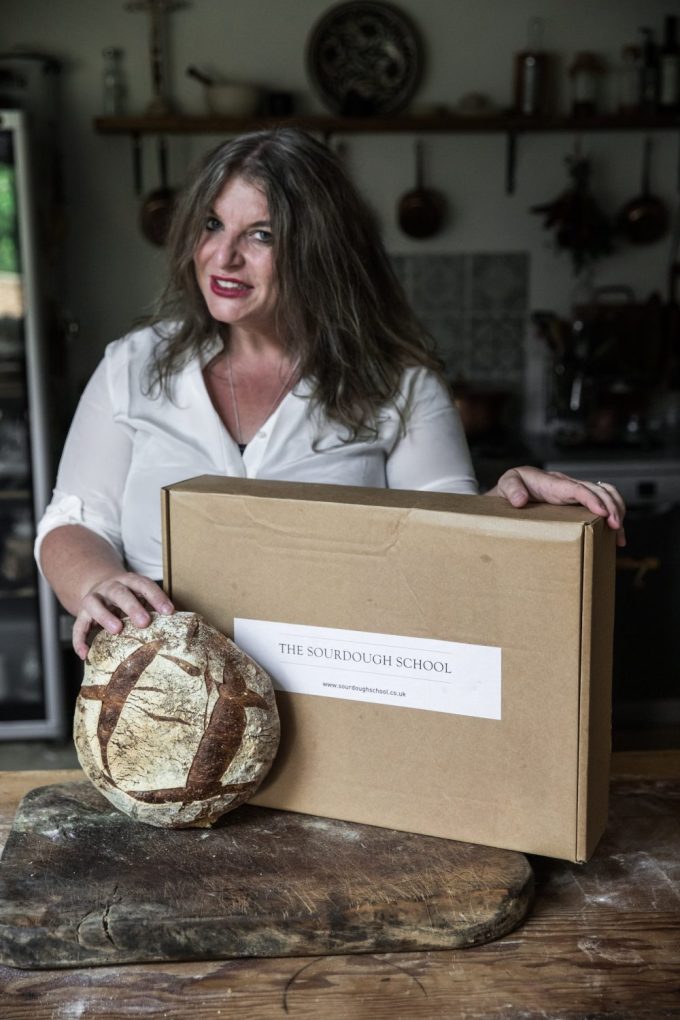
What do I need to make Sourdough? – Essential Sourdough Baking Equipment
Starting with sourdough doesn’t have to be complicated. Begin with the basics, and as you gain confidence, explore the optional upgrades.
Whether you’re using a tea towel and colander or a Brot & Taylor proofer, the joy of sourdough lies in the process—and, of course, the bread.
This is your starter kit—the tools you’ll truly need to bake sourdough at home:
- A Fridge: For retarded (cold-proofed) loaves, a fridge is invaluable. Slowing down fermentation enhances the flavour and texture of your bread.
- A Pot with a Lid (for your starter): Avoid glass jars, especially airtight ones, as they don’t allow your starter to breathe. Opt for a simple pot with a loose lid, and ideally have two to alternate between cleanings.
- Digital Scales: Precision matters in sourdough baking, and scales ensure accurate measurements every time.
- Wooden Spoon (or your hands): While a spoon works for mixing, your hands are the best tools for truly connecting with your dough.
- Tea Towels: Indispensable! Use a damp tea towel to cover your dough during autolyse or bulk fermentation to prevent drying out.
- Large Mixing Bowl: Mixing your dough on the table is possible but messy. A large bowl simplifies the process.
- Dough Scraper: Essential for mixing, folding, and dividing your dough cleanly.
- Lined Bannetons (or DIY alternatives): Proper bannetons are ideal, but you can use colanders or bowls lined with well-floured tea towels for an inexpensive alternative.
- Baking Dome or Dutch Oven: These are crucial for trapping steam and ensuring even baking. A covered oven-safe pot works too.
- Cooling Rack: Avoid a soggy crust by letting your bread cool properly on a rack.
- Breadboard & Robust Bread Knife: A good cutting board and knife make slicing your bread a pleasure.
Optional (But Wonderful) Sourdough Tools
While you can bake sourdough without these, they make the process more efficient or enjoyable:
- Balloon Whisk: Perfect for aerating your starter, but not a must-have.
- Lame (for scoring): This sharp tool creates professional-looking slashes on your bread. A sharp knife works in the meantime.
- Bread Bag or Pillowcase: Keeps your bread fresh and prevents it from drying out.
- The Brot & Taylor Proofer: Highly recommended for maintaining dough development temperature (DDT), especially in colder kitchens. Alternatives: Use a seed propagator or your oven light for gentle warmth.
Budget-Friendly Alternatives (As Discussed in the Video)
You don’t need all the bells and whistles to bake sourdough. Here’s how to get started with minimal expense:
- Use colanders with floured tea towels instead of bannetons.
- A large oven-safe pot with a lid doubles as a Dutch oven.
- Repurpose your oven rack as a cooling rack.
What’s the one piece of sourdough equipment you couldn’t live without—or your favourite hack for baking on a budget? Share your tips below!
Click here for our online course, with detailed videos on how to understand starters
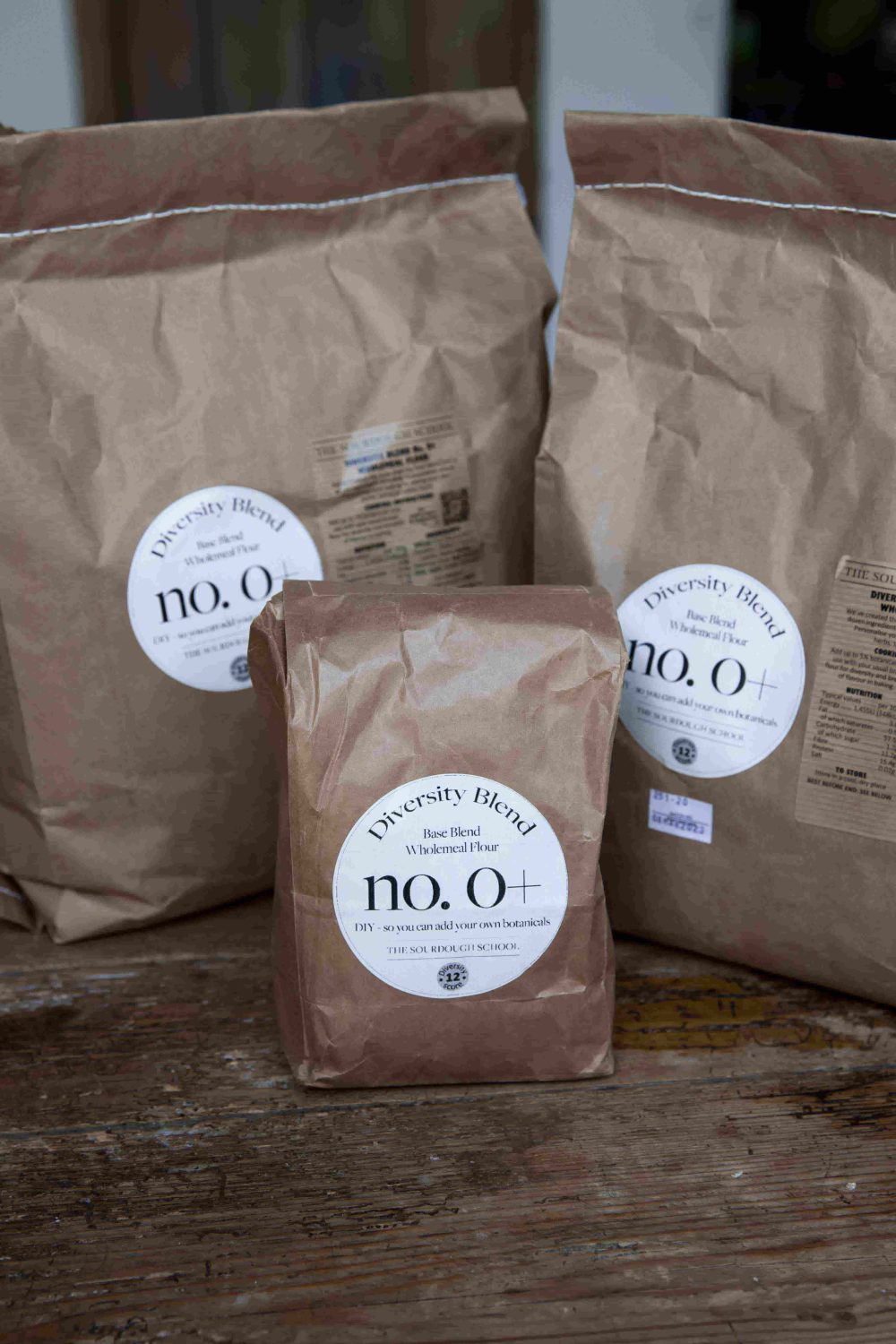
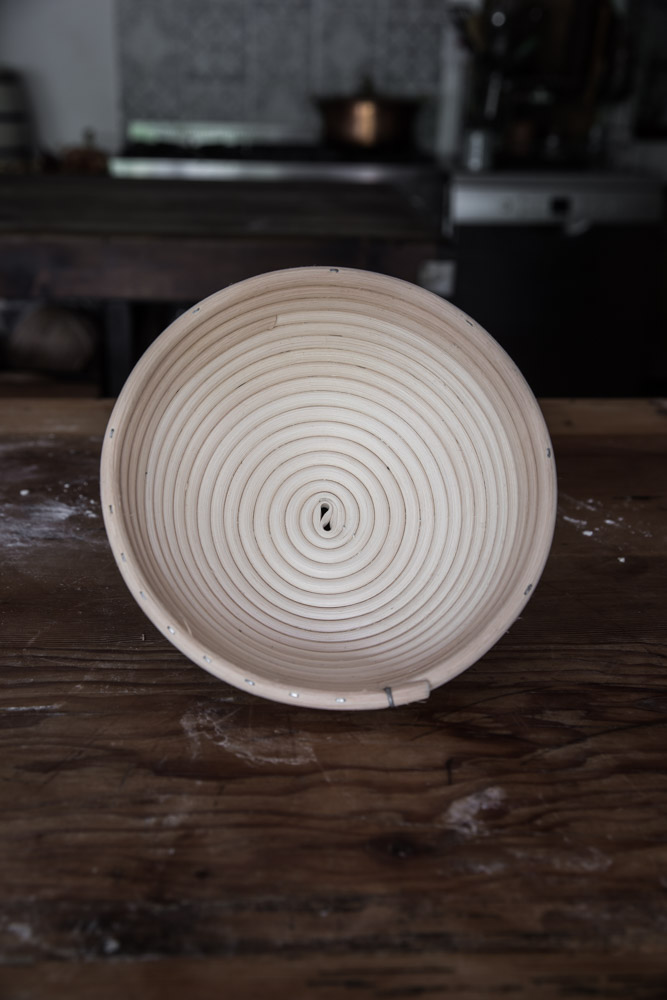
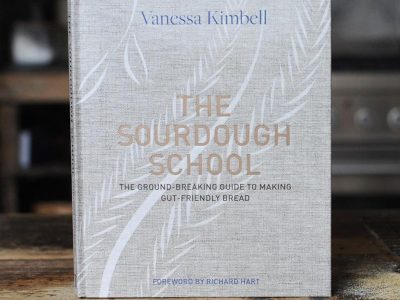
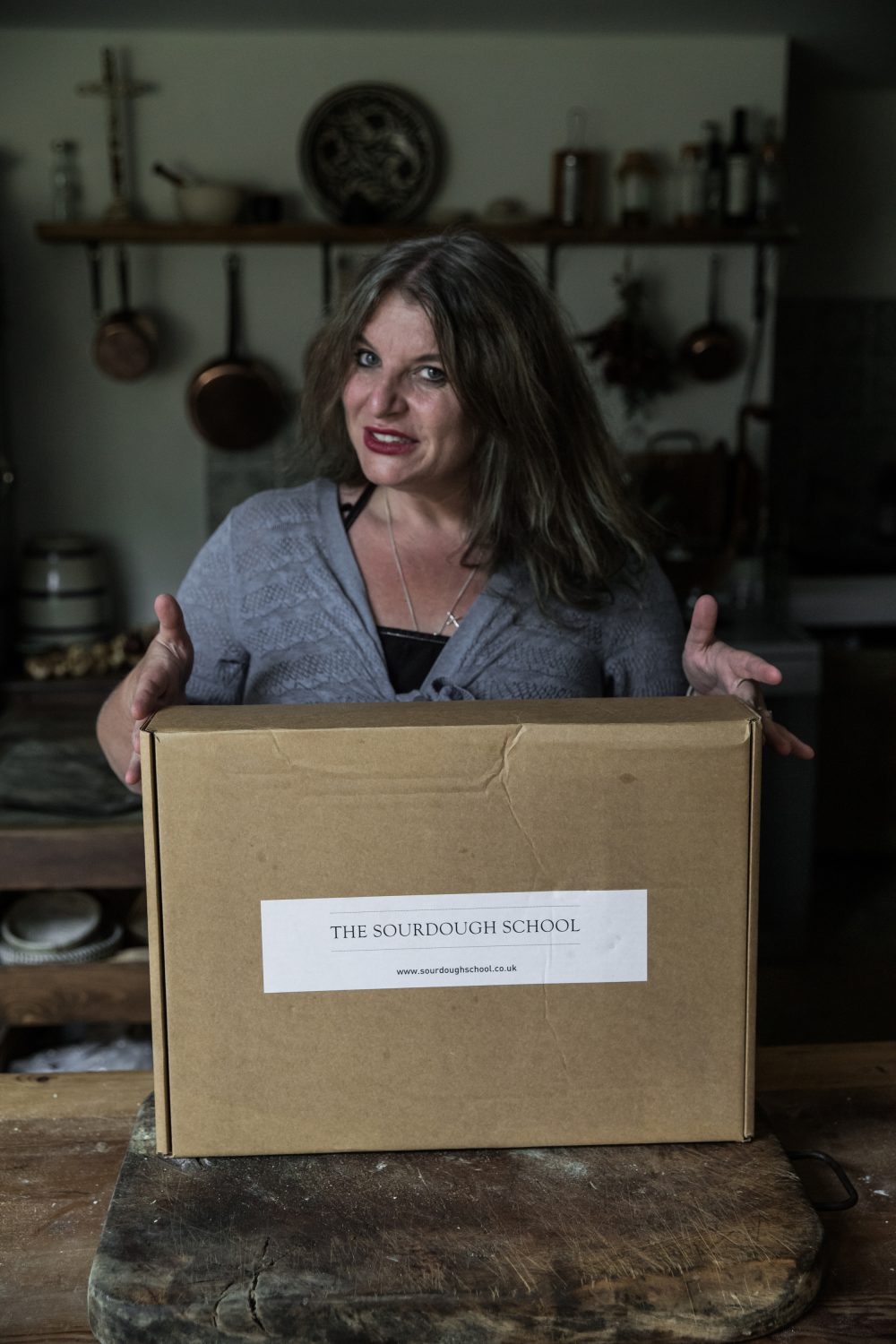
 Can you really eat bread if you have IBS?
Can you really eat bread if you have IBS? 